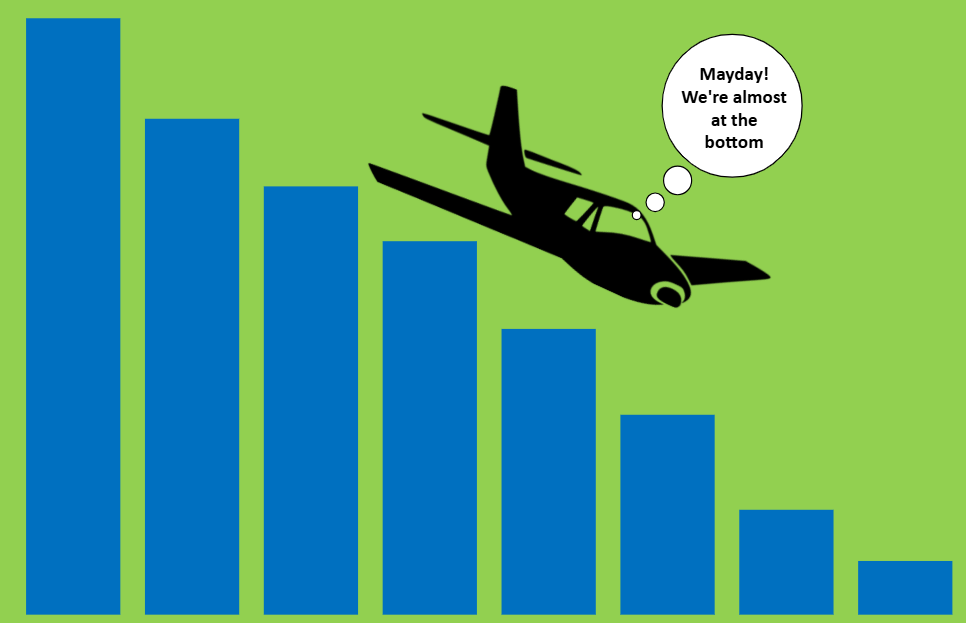What's possible with Historic Aerial Imagery?
- jamesmckenzie654
- Jul 20, 2023
- 2 min read
Aerial Surveys is New Zealand's oldest aerial surveying business, capturing imagery since the 1950's. Over 70 years of capture has resulted in a large library of negatives. Recently we made our historic negative library searchable on our website. In the past week we also took delivery of two high resolution photogrammetric scanners!
Aerial Surveys can now offer a full suite of services in relation to historic aerial imagery for New Zealand. Find it, Scan it, Analyse it.

So how are organizations extracting value from historic aerial imagery and what's possible?
Historic Aerial Imagery is invaluable when it comes to identifying previous land use or ecological change such as erosion and vegetation coverage. Use cases include:
Land contamination – Historic Aerial Imagery can show if land was used in the past for landfills, horticulture, farming, industry and more. This can be invaluable for planners and developers requiring information such as previous cut & fill locations or possible past chemical use.
ETS (Emissions Trading Scheme) - Historic Aerial Imagery will show if land had vegetation coverage within key time periods for proof required to comply with ETS rules.
Change Detection - Historic Aerial Imagery can be used to identify land change from natural erosion, earth quakes, fires, flooding or climate change. Construction of non-permitted buildings can often be identified.
Historic Sites - Historic Aerial Imagery can be used to identify sites of significance, such as structures that can't easily be seen from the ground, sites that are inaccessible or sites that have since been redeveloped. Many iwi groups have particular interest in identifying past pa & urupa sites, often not visible in more recent & vegetated imagery.
Environmental studies - Historical aerial images are used to track changes in ecosystems, monitor biodiversity, and study the impact of human activities on the environment.
Coastal and marine studies - Aerial photography has contributed to the study of coastal erosion, marine habitats, and shoreline changes.
How to Find it?
Those looking for aerial imagery from the past can now search both our Historic Neg Library or Digital Aerial Image Library online via www.aerialsurveys.co.nz/historic-library . Alternatively you can call one of our team and we can help you find what you're looking for.
How to Scan it?
Once you've found some aerial imagery of interest you can request a quote for scanning. This request can be made directly from our website or over the phone.

How to Analyse it?
Often our customers don't just need a good scan but something more spatially accurate, that can be used for measurements or to compare against other spatial data (cadastral boundaries or sub-surface infrastructure). Aerial Surveys offer services to orthorectify historic imagery. Services include:
Georeferenced ortho imagery (high accuracy and GIS ready)
Digital terrain modelling for ortho production and contours
Slope and aspect maps for planning purposes
High resolution ortho imagery
Topographical/feature mapping from digital imagery (ie. old fence lines, buildings, farm infrastructure, water courses, etc)
Change detection mapping/time series mapping
DTM and DSM outputs for 3D modelling
True ortho imagery (removal of building lean)
Volumetric mapping to accurately quantify materials for audit and contract payment purposes
Image dense matching for generation of colourised, classified point clouds




Comments